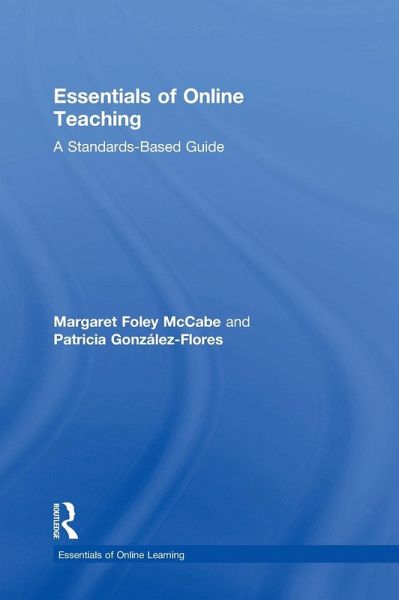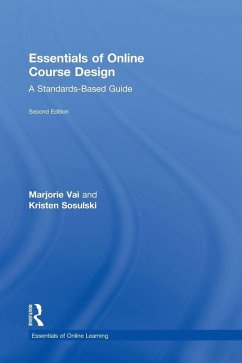
Essentials of Online Teaching
A Standards-Based Guide
Versandkostenfrei!
Versandfertig in 1-2 Wochen
177,99 €
inkl. MwSt.

PAYBACK Punkte
89 °P sammeln!
Essentials of Online Teaching is a standards-based, streamlined guide to teaching online in higher education, high school and vocational training, or corporate learning environments.














